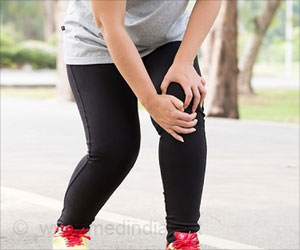Any type of exercise done with a dose of at least 150 minutes per week is better than not exercising especially in patients with Parkinson’s disease.
Highlights
- Exercise interventions improve health-related quality of life (HRQL) and mobility in people with Parkinson’s disease (PD).
- The HRQL benefit associated with 30-minute //increases in exercise per week was greatest in people with advanced PD.
Common Difficulties in Parkinson’s Disease
- Stooped posture
- Tremor or shaking
- Muscle stiffness
- Difficulty in chewing, swallowing
- Difficulty in walking
- Constipation
- Trouble sleeping
- Depression
Can Exercise Improve Quality of Life in Parkinson’s Patients?
In a study in the Journal of Parkinson's Disease, researchers used data from 3400 participants. They provided data over two years, with information collected during at least three clinic visits.
The Parkinson Disease Questionnaire (PDQ-39) was used to measure patient-reported, PD-specific HRQL. Functional mobility was measured by the Timed Up and Go (TUG) test, in which performance is tested by timing participants as they rise from a chair, walk three meters, turn, and return to a sitting position.
Dr. Miriam R. Rafferty, Northwestern University and Rehabilitation Institute of Chicago, said, "We found that people with Parkinson's disease who maintained exercise 150 minutes per week had a smaller decline in quality of life and mobility over two years compared to people who did not exercise or exercised less. The smaller decline was significant for people who started the study as regular exercisers, as well as for people who started to exercise 150 minutes per week after their first study-related visit."
People with more advanced PD may have poor access to regular exercise, as their mobility impairments would limit their independent participation in existing community and group exercise programs.
"The most important part of the study," according to Dr. Rafferty, "is that it suggests that people who are not currently achieving recommended levels of exercise could start to exercise today to lessen the declines in quality of life and mobility that can occur with this progressive disease."
Although this study did not determine which type of exercise is best, it suggests that any type of exercise done with a "dose" of at least 150 minutes per week is better than not exercising. "People with PD should feel empowered to find the type of exercise they enjoy, even those with more advanced symptoms," remarked Dr. Rafferty.
Reference
- Rafferty, Miriam R et al., Regular Exercise, Quality of Life, and Mobility in Parkinson’s Disease: A Longitudinal Analysis of National Parkinson Foundation Quality Improvement Initiative Data, Journal of Parkinson's Disease (2017) http://dx.doi.org/10.3233/JPD-160912.
Source-Medindia











